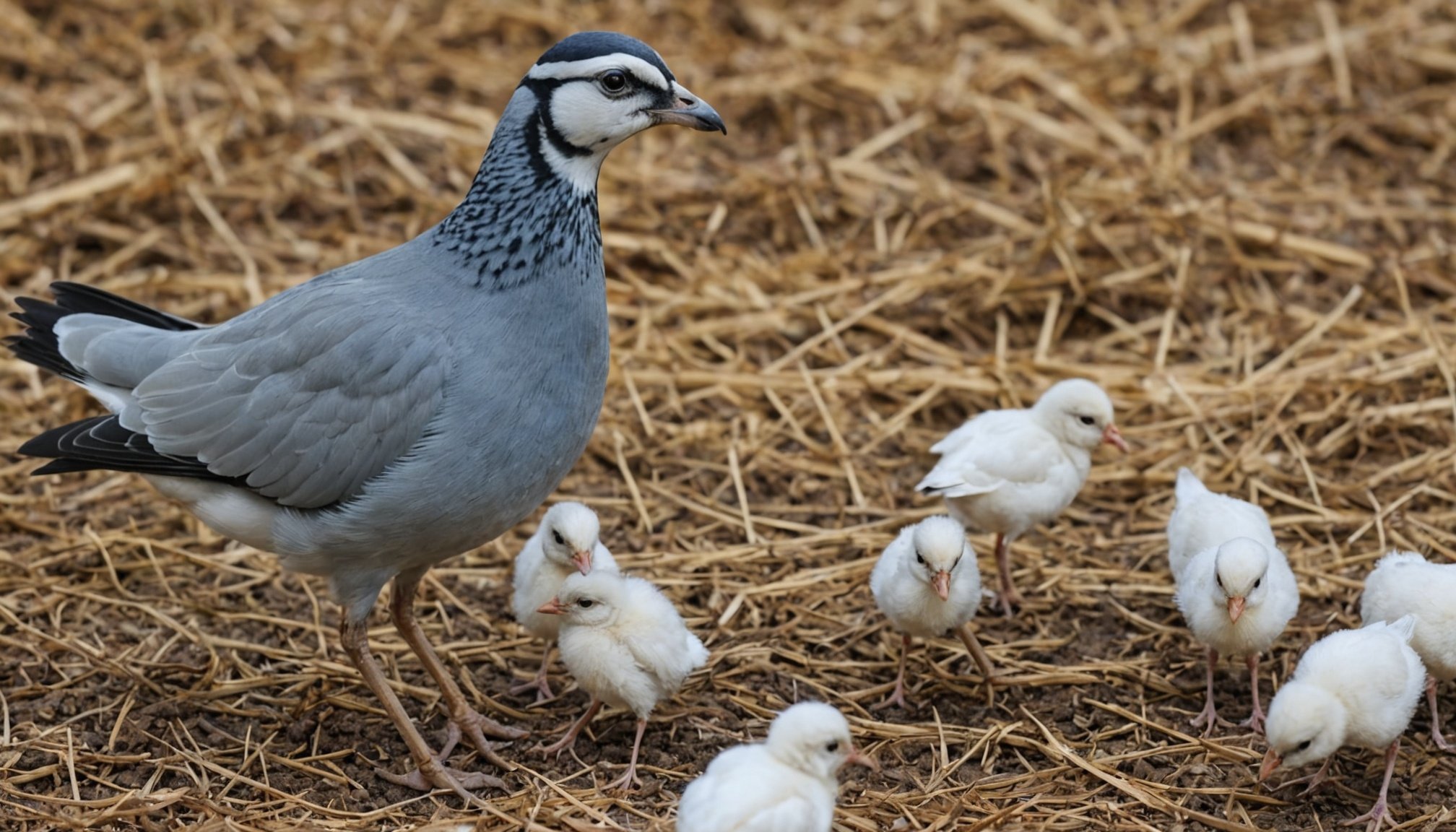Understanding the Integration Process
Introducing a new bird to a flock requires understanding of the complex flock dynamics and social hierarchies that govern bird interactions. These dynamics play a crucial role in maintaining peace and establishing social orders within the group. Recognising and respecting these hierarchies is vital for ensuring a smooth integration process.
Observing key behavioral cues during the initial introduction phase is essential. Often, subtle signs such as changes in vocalisation, posture, or movement can indicate the acceptance or rejection of the newcomer. Evaluating these behavioural markers can help predict potential conflicts or, conversely, signal a successful integration.
In the same genre : The complete handbook for effectively socializing your puppy with other pets: pro strategies and proven techniques
The approach of gradual integration is recommended over immediate introduction. Gradual integration allows for an adjustment period, during which birds become familiar with each other’s presence in a controlled manner. This method usually involves an initial period of visual and auditory exposure without physical contact, followed by closely monitored interactions. Gradual introductions help mitigate the risks of dominance disputes and stress, fostering a more positive experience for all flock members. By prioritizing a step-by-step approach, bird owners can significantly increase their chances of achieving a peaceful and successful integration of a new bird.
Initial Preparations for Integration
Introducing a bird to a new environment requires meticulous preparation. Start by ensuring you have all the essential bird supplies. This includes feeders, water dispensers, toys, and a variety of perches. These items help provide a familiar and distraction-filled setting for the new bird, easing initial anxiety.
Also read : Ultimate guide to cat training: proven strategies to inspire your feline friend to love the scratching post
Essential Supplies for New Bird Integration
It’s crucial to establish a safe introduction environment. Create a neutral space that neither the new nor existing birds claim as their own. This minimises territorial aggression and offers a fresh territory for both parties to explore without asserting dominance.
Modifying the Existing Birds’ Environment
Modify the established bird’s environment to anticipate integration, such as rearranging their cages or adding new enrichment items. These changes help existing birds adjust to future modifications brought by the new member.
Preparing the New Bird for Integration
Before integrating the new bird, ensure it undergoes a thorough health check and quarantine period. This step prevents potential diseases from spreading within the flock. Containment strategies, such as separate enclosures, allow birds to become accustomed to each other’s presence with minimal stress. Adopting these components facilitates a smoother transition and positive interaction outcomes.
Step-by-Step Integration Guidelines
Integrating a new bird into an existing flock involves several key phases to ensure a smooth transition. First, the separation phase is vital, during which birds are kept apart but within sight and sound of each other. This helps them get accustomed to their new companion’s presence without direct interaction, reducing initial anxiety.
Following this, the introduction phase begins, where monitored interactions are introduced. It’s crucial to observe behavioral cues closely during this phase. Signs of acceptance can include mutual preening or calm cohabitation in proximity. Conversely, aggressive postures, vocalisations, or lunging might suggest resistance or unease.
Finally, the full integration phase is implemented. This phase should be approached gradually, extending the duration of interactions as birds show positive behaviors. Adjustments may be necessary based on individual temperament and behavior, ensuring a stress-free experience for all flock members.
By monitoring interactions and making individual adjustments, bird owners can enhance the integration process’s success, fostering a stable and harmonious flock dynamic. These steps balance patience and vigilance, ensuring a thriving avian community.
Common Challenges and Solutions
Introducing a new bird to a flock often leads to challenges, with bird aggression being a primary concern. Recognising the signs of aggression, such as puffed feathers, beak snapping, or chasing, is crucial. These behaviours serve as early indicators of potential disputes or discomfort caused by the newcomer.
Understanding the triggers for such aggression can assist in stress management. Triggers may include changes in the environment or lack of space. To reduce stress, provide ample space and distractions like toys to keep the birds engaged, fostering a more peaceful atmosphere.
To navigate these challenges, effective conflict resolution strategies should be employed. Techniques such as temporary separation or supervised interactions can de-escalate tensions. Providing shared positive experiences, like feeding at the same time, can also help motivate harmonious behaviours.
Should conflicts persist, re-evaluating the integration process can be beneficial. Gradual reintroduction and monitoring behaviour changes can uncover underlying issues. By applying these techniques with patience and adaptability, bird owners can facilitate smoother integration and a peaceful coexistence within the flock.
Expert Insights and Case Studies
Incorporating real-life experiences from professionals and bird owners can offer invaluable insights into successful integrations. Expert advice from veterinarians and avian behaviourists sheds light on effective strategies. For example, avian experts often emphasise the importance of incremental introductions. This approach reduces stress and builds trust, aiding in smoother transitions.
Case studies provide tangible examples of real-world applications. One success story involved a parrot owner who started with brief visual introductions, gradually increasing duration over weeks. This method, recommended by specialists, paid off, resulting in a harmonious avian community.
Lessons learned highlight the value of patience and observation. Experts advise keeping a flexible approach, as each bird displays unique characteristics. For instance, some owners found vocal cues indicated when to advance to the next integration phase. Overall, these insights underscore a shared objective: establishing long-term harmony within the flock.
Ongoing harmony is achievable with consistent care. Avian professionals suggest routine health checks and enrichment activities can maintain well-being after integration. By heeding expert insights and learning from case studies, bird enthusiasts can successfully welcome and amalgamate new members into existing flocks.
Conclusion: Best Practices for Long-Term Success
Ensuring flock wellness post-integration involves several ongoing practices crucial for maintaining harmony. Regular health check-ups are fundamental for all flock members, significantly reducing the risk of disease and ensuring each bird’s well-being. These health assessments help monitor possible changes in behaviour or health, guiding necessary interventions before issues arise.
It’s important to conduct ongoing observations of flock dynamics, as it enables bird owners to identify shifts in social hierarchies or behavioural patterns. Continual vigilance helps detect if further adjustments are needed in the birds’ environment or interactions.
Additionally, fostering a harmonious environment involves creating an enriching space with diversions that stimulate behavioral assessment. Interactive toys, varied perches, and shared spaces promote engagement and satisfaction among birds, helping to diffuse tension that may arise from routine flock life.
An effective strategy includes adjusting living arrangements, such as rearranging cages or changing feeding routines, to keep the environment dynamic and prevent the onset of territorial disputes. By adhering to these best practices, bird owners can achieve a flourishing, peaceful flock, ensuring a healthy integration process is sustained over time.

